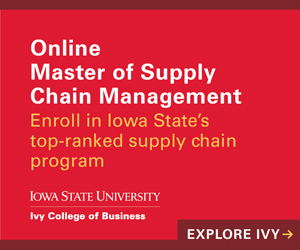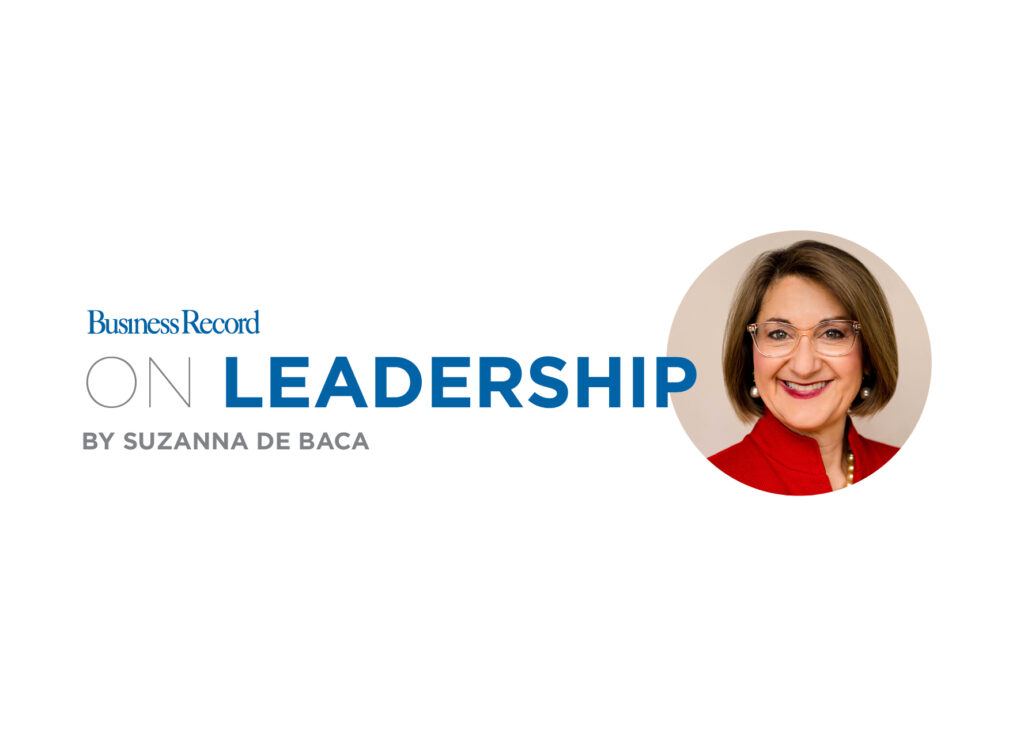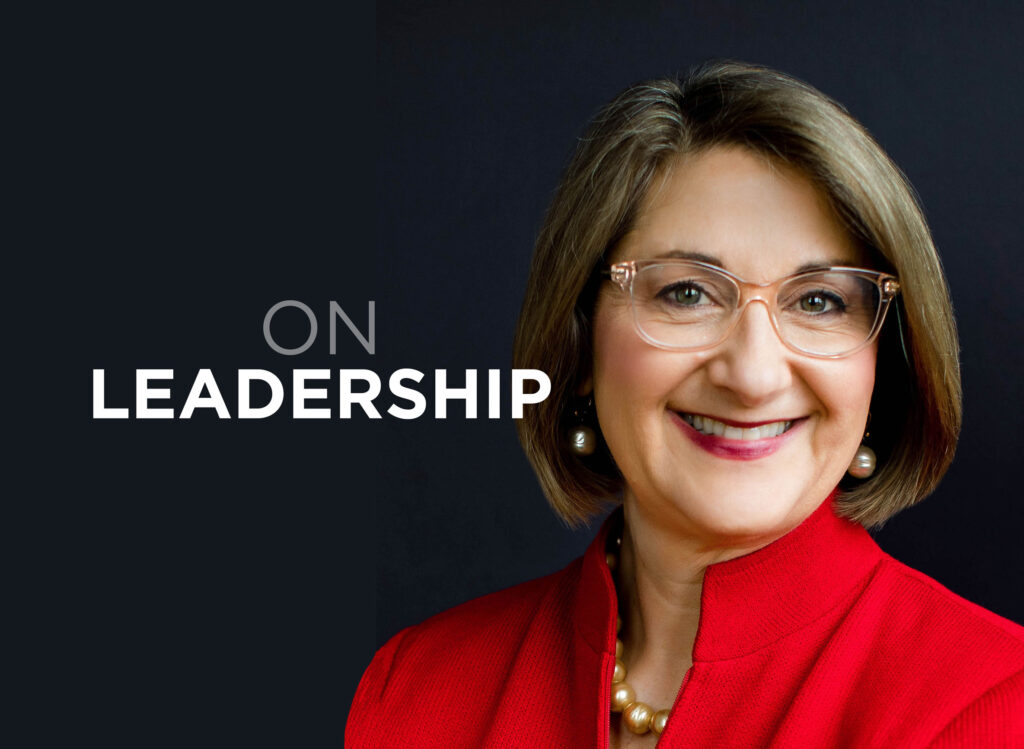On Leadership: Maybe hope really is a strategy
What today’s workforce wants from their leaders

“Hope is not a strategy.” In business school, we heard it endlessly. The phrase has been variously attributed to Vince Lombardi, Rudy Giuliani and countless military briefings where anyone daring to “hope” got sent back to the drawing board. But in my MBA program, the concept was drilled into our heads like a commandment: Don’t substitute optimism for planning.
While “hope” is often dismissed as soft or unserious, new research indicates it is a critical component of business leadership. Gallup’s new Global Leadership Report: What Followers Want, shows that hope is the number one quality employees want from their leaders, cited by 56% of workers across 52 countries, well ahead of trust (33%) and stability (4%).
“Gallup’s latest study confirms that followers in every corner of the globe need trust, compassion and stability from their leaders, but above all, they need hope,” says the report press release.
Today, leaders in business face uncertainty at every turn, from AI and rapid technological change to geopolitical disruption, economic volatility, workforce burnout and more. And while hope alone won’t solve these problems, dismissing it is a mistake.
Hope is a discipline
A recent Fast Company article referenced Lindsay Recknell, a leadership consultant and Hope Motivates Action podcast host. Recknell helps organizations harness “hope theory,” a psychological framework developed by the late Dr. Rick Snyder, a professor at the University of Kansas. That theory defines hope as a combination of goals (what we want to achieve), agency (belief we can make it happen) and pathways (multiple ways to get there).
That’s not fluff. That’s strategy. And it’s especially effective when the path forward is uncertain.
“A leader can say, ‘This is hard, but let’s focus on what we can control,’” Recknell explains in the article. “When someone has something to look forward to, they’re already in the hope cycle.”
Hope, in this framework, is not wishful thinking. It is core to direction, ownership and progress. It’s helping people see how they personally can move forward, not just how the company will.
What hopeful leadership looks like
Gallup found that employees who feel their leader makes them enthusiastic about the future are significantly more engaged. That doesn’t require grand speeches. Rather, helping people set realistic goals, connecting them to a sense of purpose and ensuring they have the tools and support to move forward can create a culture of hopefulness.
Hopeful leadership also means acknowledging challenges without sugarcoating them. The best leaders are not be blind optimists; they recognize obstacles but also frame them as solvable. They give people a reason to believe in a better tomorrow as well as a role in building it.
Lessons in hope from history
History offers plenty of lessons on how great leaders inspire. Napoleon Bonaparte is credited as saying: “Leaders are dealers in hope.” Whatever you think of Napoleon, he certainly knew how to inspire his troops. Yet hope on its own, without strategy, knowledge and skill, can quickly ring hollow. That’s why the best leaders pair emotional vision with clear, disciplined execution.
One of the most powerful examples of hope-driven leadership comes from D-Day, in World War II. On June 5, 1944, Gen. Dwight D. Eisenhower faced one of the most consequential decisions of the century: whether to launch Operation Overlord. The invasion had been planned in painstaking detail, yet uncertainty still loomed. Eisenhower, guided by his conviction that “pessimism never won any battle,” gave the order to proceed.
It was a decision born of courage, confidence and hope.
When I recently visited a war museum and reread the letter Eisenhower sent to the troops before battle, I was moved to tears by its clarity and heart. In it, he explains the mission’s urgency, its meaning for democracy itself, and closes with a rallying charge: “I have full confidence in your courage, devotion to duty and skill in battle. We will accept nothing less than full Victory!”
Hope fuels resilience. It sparks creativity. It builds trust. And it equips teams to face even the most formidable challenges with courage instead of fear.
Strategy with soul
Hope alone won’t hit your quarterly targets. It won’t launch your next product. But no strategy succeeds without belief, without people willing to invest their energy and talent in a future that feels possible and worth striving for.
So maybe it’s time to update that old mantra. Hope isn’t a strategy, but no good strategy works without it.
When your people ask for hope, they’re not asking for wishful thinking. They’re asking for leadership.
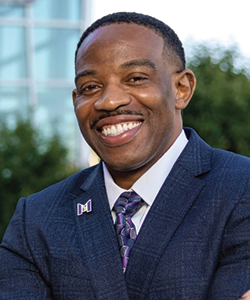
Dr. Adreain Henry, president, Mercy College of Health Sciences
As president of Mercy College of Health Sciences, I believe hope is not just a feeling – it is a strategy. Hope inspires vision, fuels perseverance and transforms challenges into opportunities. Our students, faculty and staff want a president who sees beyond the present, charts a bold and clear course forward and walks that path beside them. I work to make hope tangible by setting courageous, measurable goals for our community and then equipping our teams with the resources to succeed. For me, hope is never wishful thinking – it is the unwavering belief that, together, we can create a future brighter than today. I strive to help our people See The Vision, Know They Matter, Feel Appreciated and Act Mercifully. When hope is shared, it becomes contagious, fueling our mission to “Prepare graduates for service and leadership in the health care community by integrating our core values with a professional and liberal arts and sciences education.”

Skylar Mayberry-Mayes, Ph.D., vice chair, Des Moines School Board
During times of uncertainty or change, I aspire to build hope by focusing on clear and consistent communication of our shared vision. It’s important to actively create space for open dialogue and acknowledge challenges, while also emphasizing our strengths and past successes as proof of our resilience. By involving the community in problem-solving and decision-making, we build confidence that we can navigate whatever comes next, together. Maintaining momentum and optimism fuels forward progress and ultimately helps people feel empowered. My role is to continue modeling belief in our vision and staying focused on the worthwhile outcomes.
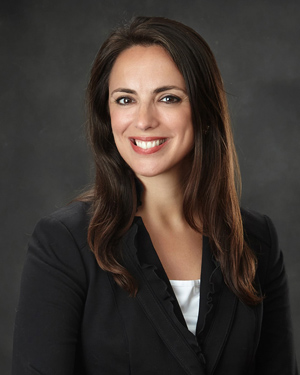
Melissa Ness, CEO and founder, Connectify HR
As leaders, we must carry hope with us to be able to intentionally cultivate and communicate it. As author and motivational speaker Wayne Dyer, Ed.D. said, “You can’t give away what you don’t have.” Conveying hope, especially during uncertain times or change, happens mostly in our actions and a little bit in our words. It’s the light in our eyes, the energy we exude, the clarity of our vision, and the kindness we extend to others. It is the quiet and positive determination we model as we lead toward positive outcomes. It pulls our team’s focus from doubt, uncertainty and fear toward possibilities.
It isn’t always easy to carry hope with us as leaders, we are only human after all. One of the ways I cultivate hope for myself is through a daily gratitude practice, which has helped me find hope during difficult times for decades. Hope isn’t something that just happens; it’s something you have to practice.
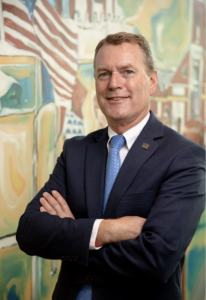
J. Scott Raecker, executive director, The Robert D. and Billie Ray Center at Drake University
Hope is a leadership strategy. Aspirational hope is within the mission and vision of most organizations. We started CHARACTER COUNTS! in 1997 with one fifth grade classroom and with hope that we could grow the impact. With 28 years of mission-driven work we now serve over 9 million youth worldwide. In this regard, hope fuels the mindset that we are the right people, at the right place, at the right time, to get the job done. “If not us, then who?”
Responsive hope comes when there are failures or uncertainties. Hope fuels the mindset that “everything will be all right in the end, and if it’s not all right, it’s not the end.” Here, hope is the foundation for grit – which is passion and perseverance for an enduring goal. Two mantras I share with people are: “Stay Encouraged” and “Enjoy the Miracle of Now.” Both are strategies of hope in action.
Eisenhower’s D-Day message: A master class in hopeful leadership
SUPREME HEADQUARTERS
ALLIED EXPEDITIONARY FORCE
Soldiers, Sailors, and Airmen of the Allied Expeditionary Force!
You are about to embark upon the Great Crusade, toward which we have striven these many months. The eyes of the world are upon you. The hope and prayers of liberty-loving people everywhere march with you. In company with our brave Allies and brothers-in-arms on other Fronts, you will bring about the destruction of the German war machine, the elimination of Nazi tyranny over the oppressed peoples of Europe, and security for ourselves in a free world.
Your task will not be an easy one. Your enemy is well trained, well equipped and battle-hardened. He will fight savagely.
But this is the year 1944! Much has happened since the Nazi triumphs of 1940-41. The United Nations have inflicted upon the Germans great defeats, in open battle, man-to-man. Our air offensive has seriously reduced their strength in the air and their capacity to wage war on the ground. Our Home Fronts have given us an overwhelming superiority in weapons and munitions of war, and placed at our disposal great reserves of trained fighting men. The tide has turned! The free men of the world are marching together to Victory!
I have full confidence in your courage, devotion to duty and skill in battle. We will accept nothing less than full Victory!
Good luck! And let us beseech the blessing of Almighty God upon this great and noble undertaking.

Suzanna de Baca
Suzanna de Baca is a columnist for Business Record, CEO of Story Board Advisors and former CEO of BPC. Story Board Advisors provides strategic guidance and coaching for CEOs, boards of directors and family businesses. You can reach Suzanna at sdebaca@storyboardadvisors.com and follow her writing on leadership at: https://suzannadebacacoach.substack.com.

